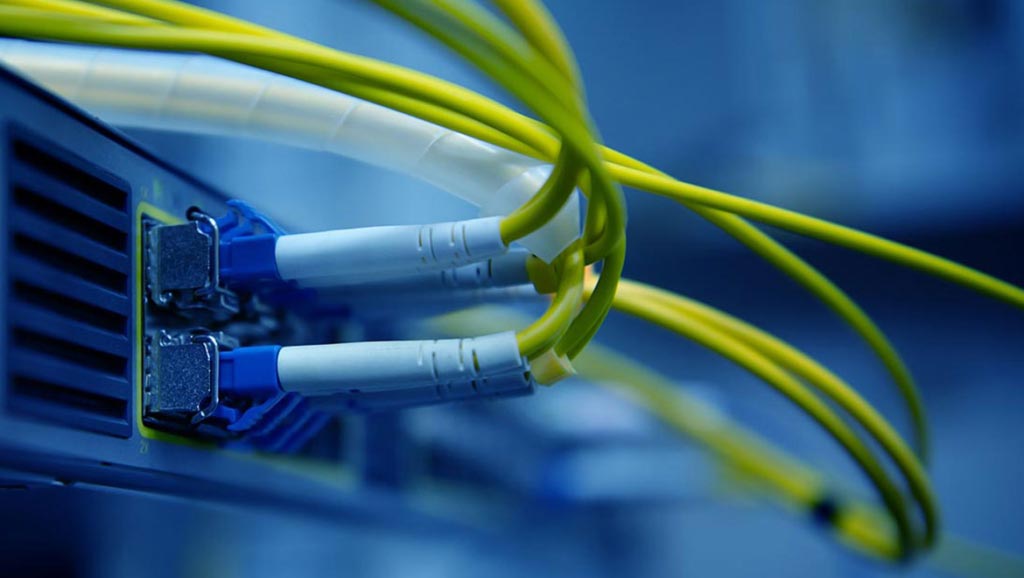Fiber optic cables do not give any trouble, as long as the installation is handled by a professional company with technical know-how and the right installation equipment. However, fiber optic cables are more fragile compared to older copper cables. This means, there may be potential situations where you could face troubles with your fiber optic cable network.
This article lists three significant warning signs to look out for if you suspect that your fiber optic cable network is in for a repair and/or replacement.
Broken Cables
This is a sure-sign indicator that it’s time for a repair. If you notice broken, bent, or excessively stretched fiber cables, you are most likely to face connectivity issues.
While fiber optic cables withstand some stretching and bending, they cannot be excessively bent or stretched. Make sure that the company that handles the installation does not stretch or extend wires during the initial process.
Faulty Splices
Generally, most fiber optic cables in a network have splices. However, these splices are not random and are done with extreme caution and at the right points. If splices are not done correctly, it could lead to an excessive signal loss within the network. Besides splicing, it is essential to use the proper connectors on the cables. If the connectors are contaminated (broken, dirty, or faulty), it leads to loss of signal within the network.
Too Many Splices
While most fiber optic networks have splices and connectors, having too many within a small area will lead to signal losses.
If you have recently transitioned from a copper cable network to a fiber-optic network, then you know that the installation process is widely different. Not just the installation, but the troubleshooting is also various for fiber networks. Fiber optic cables are more fragile than copper cables. Hence there is a higher chance of things that could go wrong.
In the next section of this article, we discuss some of the common reasons for fiber optic cable problems.
Generally, if a connection is completely dead, it could be because of any of the following reasons:
- Broken fibers due to excessive bending or physical stress
- Insufficient transmitting power
- Cables that are too long
- Presence of contaminated connectors or faulty splices
- Too many splices and contaminators
- The faulty connection between the fiber and the patch panel
If you notice any of these following signs, then you need to replace the faulty wire.
However, if the connection is intermittent – fluctuating between on and off – then it’s because of a break in the cable and can be repaired. An intermittent signal connection could be due to any of these following reasons:
- Dust, scratch, fingerprints, and humidity can contaminate fiber optic connectors
- Low transmitter strength
- High cable attenuation due to poor splices or too many splices
- Bad connections in wiring
Fiber Optic Cables Require Some Extra Attention
Unlike copper cables that are quite durable, fiber cables are fragile and require extra care and attention. When you switch to a fiber network, you may initially run into some troubles. Understanding why fiber cables break can help you handle them better. Look out for the signs mentioned in this post, and if you notice any warning signs, make sure to have fiber optic testing done on time to extend the life of your cables.

